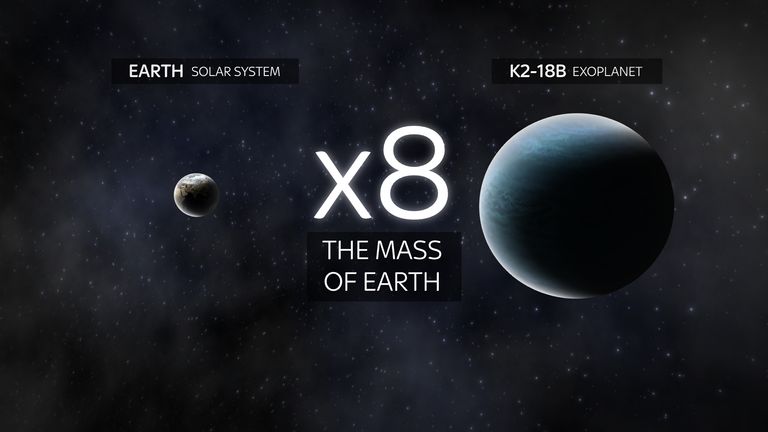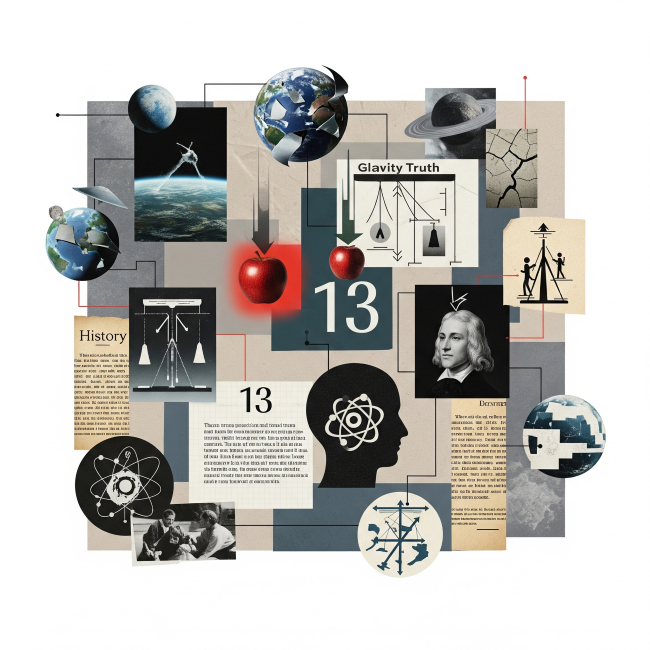The Enigma of K218b: Have We Found Life Beyond Earth?

The First Whiff of Something Extraordinary
In September 2023, the James Webb Space Telescope, humanity’s most powerful eye on the cosmos, returned data that ignited both wonder and skepticism. Scientists from the University of Cambridge announced that in the atmosphere of a distant exoplanet—K218b, they had detected hints of a molecule called dimethyl sulfide (DMS).
On Earth, DMS is produced exclusively by living organisms, most notably by marine phytoplankton. To detect it 124 light years away is, at least on its surface, a staggering finding. If correct, it would suggest not only that life exists beyond Earth, but also that life might be far more common than we dared imagine.
Yet, as Carl Sagan once reminded us, “extraordinary claims require extraordinary evidence.” And in the case of K218b, the evidence remains tantalizing.
A Planet Next Door, Cosmically Speaking
Image Credit: Unsplash
K218b sits in the constellation Leo, orbiting a faint red dwarf star(a sun) known as K218. At a cosmic distance of 124 light years, it is unimaginably remote on human scales, yet surprisingly close in galactic terms. If life is as rare as some scientists argue, the probability of finding two inhabited planets—Earth and K218b, so close together would be like dropping two grains of sand on different parts of the Sahara Desert and finding them resting a few millimeters apart.
That proximity makes the planet a powerful test case. If it harbors life, then perhaps life is not the universe’s rare exception but its rule. But K218b is no Earth twin. Roughly 8.5 times the mass of our planet and more than twice its radius, it is classified as a “sub-Neptune”—a type of world with no similar planet in our solar system.
From Water Vapor to Bio-Signature
When the Kepler Space Telescope first discovered K218b in 2015, few thought it a prime candidate for life. Its larger size and close orbit—just 0.15 astronomical units from its star—suggested conditions too exotic. But in 2019, astronomers detected water vapor in its atmosphere using the aging Hubble Space Telescope.That finding was modest but groundbreaking: the first time water vapor had been confirmed in the atmosphere of a planet orbiting within a habitable zone.
Water alone does not equal life; comets, moons, and barren planets all host it. But it was enough to justify pointing the ten billion dollarJames Webb telescope toward K218b. And Webb delivered: methane, carbon dioxide, and a faint but detectable whiff of DMS.
How We Read the Atmosphere of an Alien World
Image Above: The James Webb Telescope. Credit: SciTech Daily
The technique is called transit spectroscopy. When a planet crosses in front of its star, some starlight filters through its atmosphere before reaching our telescopes. Molecules in that atmosphere absorb specific wavelengths of light, leaving behind a barcode-like signature in the spectrum.
By matching these spectral dips against models, scientists can infer which gases are present. But here lies the rub: interpreting spectra requires assumptions about the planet’s atmosphere—its clouds, pressure, temperature, and composition. Small changes in those assumptions can produce wildly different results.
One team’s model suggested DMS was present at a confidence level of three sigma—about a 0.3 percent chance of being a statistical fluke. Another group, using different assumptions, concluded there was no evidence of DMS at all. The disagreement underscores how fragile these conclusions remain.
The Problem of False Positives
Even if DMS is there, does it truly signal life? For decades, it was considered a “gold standard” bio-signature because on Earth only biology produces it. But in 2024, astronomers detected DMS in the tail of a comet—an object with no atmosphere, oceans, or organisms. That discovery suggested that abiotic processes, perhaps chemical reactions deep within cometary ice, can also generate DMS.
The implication is sobering: no single molecule may ever suffice as definitive proof of life. The universe is too inventive, chemistry too diverse, to allow for a single silver bullet.
Building a Case for Life
What scientists are realizing is that proving life exists elsewhere will require more than isolated molecules. Instead, they must build a cumulative case:
Seasonal variations in gases, suggesting biological rhythms.
Combinations of gases unlikely to coexist without life—for example, methane and oxygen.
Techno-signatures such as pollutants or synthetic compounds that imply industry.
Each line of evidence might be weak on its own, but together they could tip the scales from possibility to probability.
A Mirror of Past False Alarms
History offers cautionary tales. In the late 19th century, astronomers swore they saw canals on Mars—later revealed as optical illusions. More recently, in 2020, scientists claimed to detect phosphine, another potential bio-signature, in the atmosphere of Venus. That finding, too, is a heated debate in the world of astronomy.
Each time, the world briefly flirted with the idea of alien neighbors, only for the evidence to dissolve. K218b may well follow the same pattern. But each investigation sharpens our tools, improves our models, and teaches us to ask better questions.
Why the Hype Still Matters
Skeptics might shrug: another overhyped alien story, another letdown. Yet the search itself is no trivial pursuit. Every refinement in spectroscopy, every exoplanet analyzed, brings us closer to answering one of humanity’s oldest questions: Are we alone?
K218b is especially promising as a training ground. Its orbit takes just 33 days, meaning it transits its star about once a month. Each transit gives scientists another chance to capture data, refine models, and test competing hypotheses. Even if life proves absent, the planet will help us prepare for the day we do stumble upon one that is inhabited.
The Universe Teaches Patience
For now, the weight of evidence leans against K218b harboring life. The DMS signal rests on shaky assumptions; even if confirmed, it could have non-biological origins. But science thrives on doubt, not certainty. Each contested claim sparks new research, fresh models, and more sophisticated instruments.
Perhaps the most profound lesson of K218b is not that life is elsewhere, but that the search for it demands humility. The universe rarely offers easy answers. But in straining to detect the faintest chemical whispers from a planet 124 light years away, humanity is already practicing for the moment when the signal is undeniable.
A Future Announcement Waiting in the Stars
Image Above: A Red Dwarf Star. Credit: Storyblocks
Someday, the press frenzy may not be premature. The headlines will declare that we’ve found life, and the evidence will be ironclad. Until then, we must embrace the uncertainty of planets like K218b—not as disappointments, but as stepping stones.
Whether barren or alive, this distant world reminds us of our curiosity, our persistence, and our readiness to listen carefully to the cosmos. The discovery of life elsewhere may still be in the future. But the search itself, with all its false starts and dazzling possibilities, is already reshaping how we see ourselves—just one small planet among billions, straining toward the unknown.
Cover Image Credit: Sky News
You may also like...
Arsenal Legend Thierry Henry to Receive Prestigious BBC Lifetime Achievement Award

Former Arsenal and France football legend Thierry Henry will be honored with the Lifetime Achievement award at the 2025 ...
Maresca's Emotional Rollercoaster: Chelsea Boss Claims 'Happy' After 'Worst 48 Hours'

Chelsea boss Enzo Maresca has clarified his previous 'worst 48 hours' comments, now expressing happiness and a deeper co...
Fallout Season 2 Shatters Records, Outperforming HBO's Last of Us!

Fallout Season 2 has premiered on Prime Video to overwhelmingly positive critical and audience reception, scoring a near...
Winter Is Back! Kit Harington Hints at Massive Game of Thrones Comeback

Kit Harington has definitively shut down any possibility of reprising his role as Jon Snow, stating he doesn't want to g...
Love Blossoms: Anwuli & Kennedy's Instagram Romance Leads to #HappilyEverOffor!

Anwuli and Kennedy's love story, sparked by an Instagram connection, led to a beautiful Igbo traditional wedding. After ...
Teyana Taylor & Lucien Laviscount Light Up the 'Spirit Tunnel' with Epic Dance Moves!

The Jennifer Hudson Show features high-energy 'Spirit Tunnel' entrances, with Lucien Laviscount making a stylish walk an...
Kenya's Billion-Shilling Travel Bill: Austerity Pledge Broken?

The Kenyan government spent nearly Sh5 billion on travel in the first three months of FY 2025/26, raising concerns about...
Shehu Sani Urges Nigerians: Shun US Travel Ban, Build Nation

The United States has enacted new travel restrictions impacting Nigerian nationals, covering both immigrant and several ...






